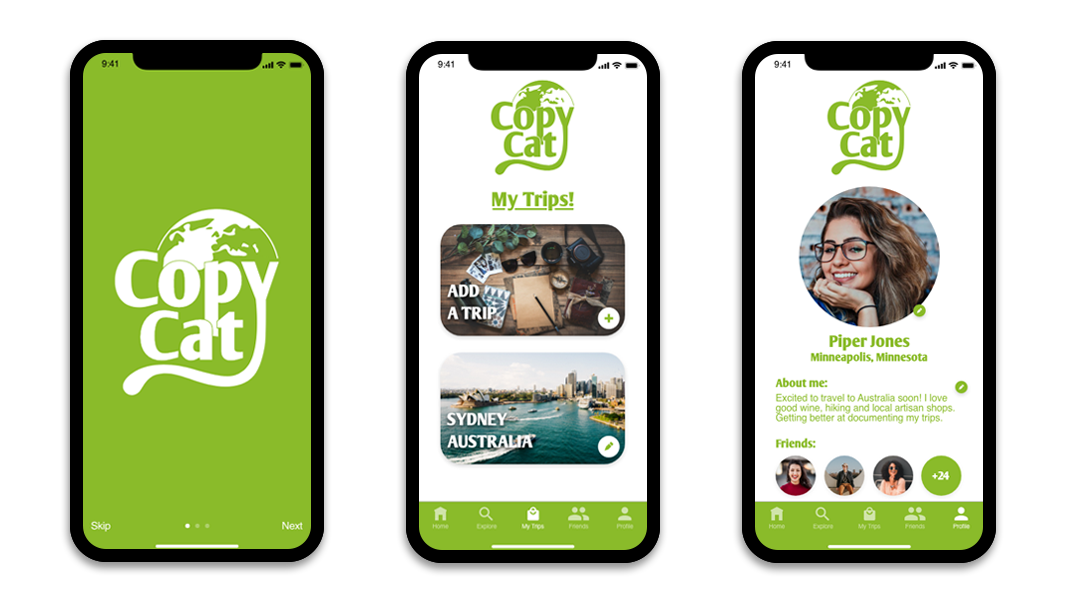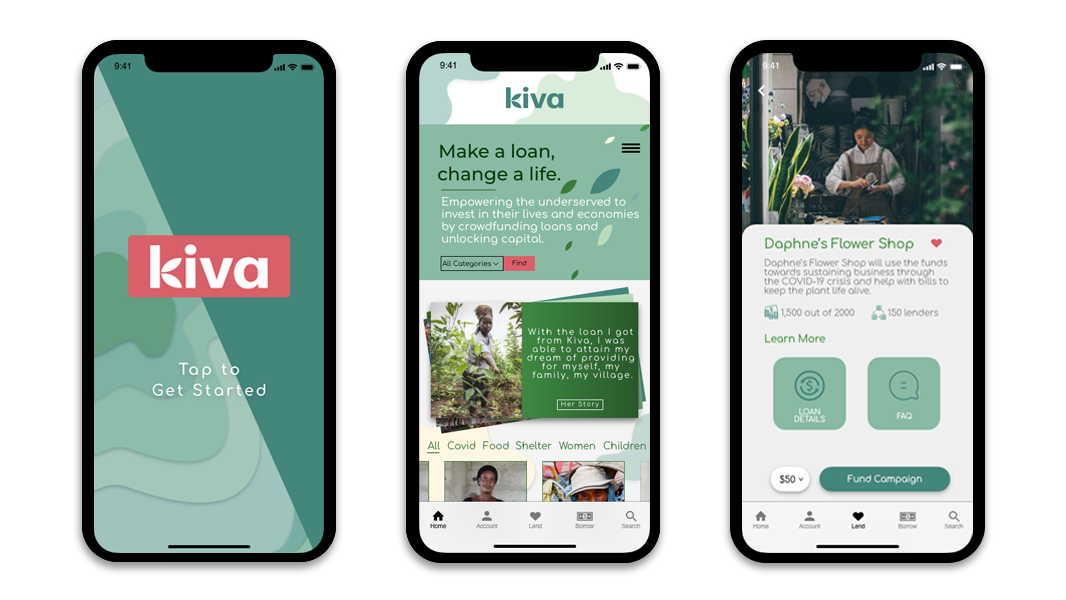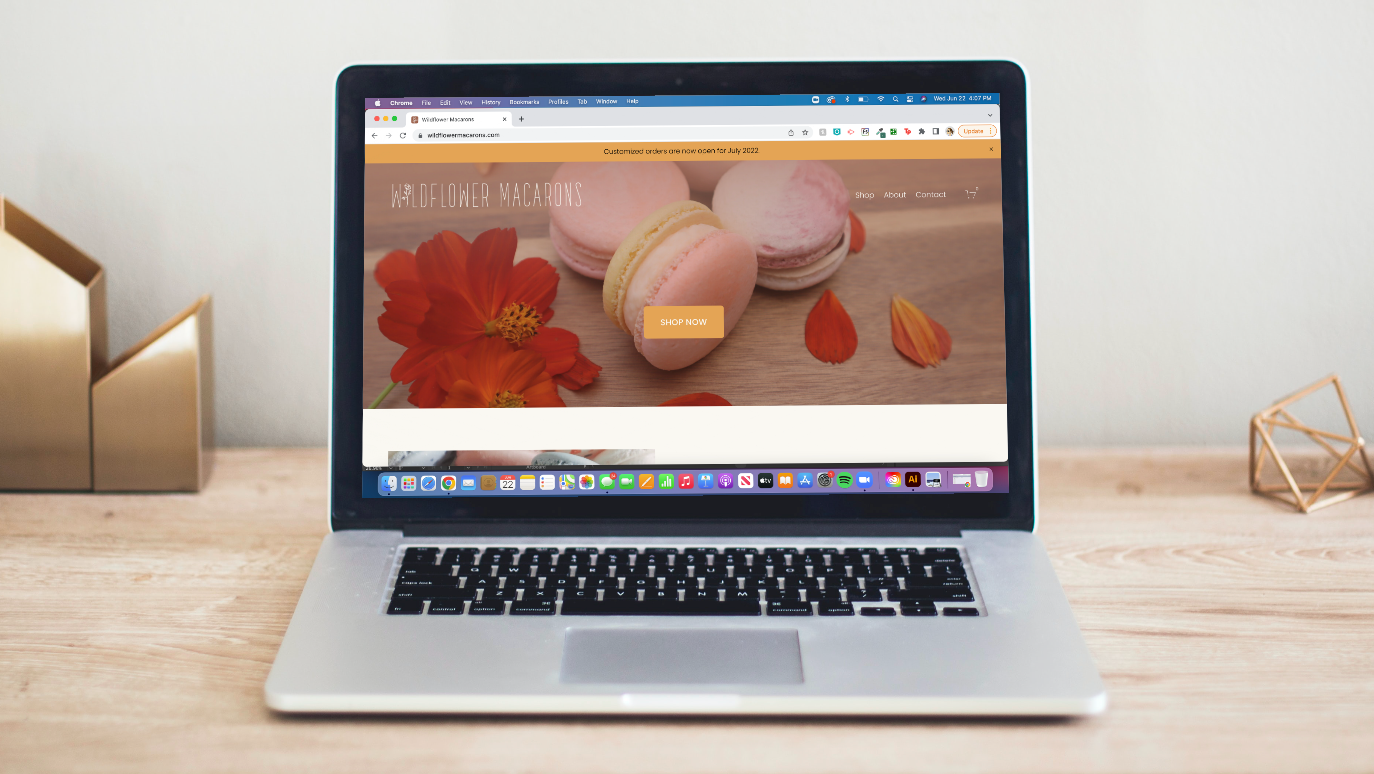StreetSmart is an app that creates an open forum for people to connect with their community and local businesses. This app allows users to find and plan things to do in their city promoting increased social engagement.
The ProbLEM:
People are generally stressed about what to do, but are more inclined to engage in activities and explore a city when they can easily find activities to do with other people, such as friends, family or a spouse/significant other.
The Solution:
Through interviews, user research, and market analysis, we developed an app that solves the issue of easily finding fun, accessible activities to do around the city.
Role:
UX Researcher
UX Designer
Tools:
Adobe XD
Adobe Illustrator
Miro
InVision
Google Suite
Trello
USER RESEARCH
The initial research for StreetSmart was made up of six user interviews, a 10 question Google survey, competitor research, and a SWOT analysis. The interviewees were chosen for their active lifestyles and various opinions about planning weekend outings in the city. The survey was conducted to gain insight from a more broad, general, user. Competitor research and SWOT analysis were integral in helping to further develop our case for an app that addresses specific pain points.
Our group collectively developed interview questions based on our own personal experiences and pain points we had when researching and planning things to do on the weekends in the city. From the first three interviews we developed a survey with revised questions from the interviews.
From the interviews we found that some people had challenges finding family friendly activities. Another individual had challenges finding pet friendly activities. We felt that these two specific needs could also be addressed with our app. From the interviews and the survey we conducted we noticed that few people have a fear of missing out but most like to be in the know. We also found that most people plan their weekend outings a week in advance.
User Insight Statement
Joanna, a single woman in her early thirties who likes to bike, and lives in the cities, needs to explore the cities with her friends because she lives alone and desires to be a part of the city’s young, active community.
We developed an Empathy Map from our interviews and surveys, and developed an user insight statement.
DEFINITION & IDEATION
Problem Statement
During user research, we discovered that people are more inclined to engage in activities and explore a city when they can easily find activities to do with other people, such as friends, family or a spouse/significant other.
Therefore, we believe that we can alleviate the stress of finding activities to do in the city to do and that we might be able to help if we create an app that serves as a single source for finding and planning local outings.
We might do this by building an open forum and connecting the community and local businesses offering various features to increase social engagement. Doing this will allow our product to enable users to be more active and supportive of their communities.
We then began our brainstorming process. We completed an I like, I wish, What if exercise and organized our results on a feature prioritization matrix
The main concern was ease of use, as it was important for our users to be able to easily navigate the app.
We took our app and created a User Journey Map to see how our app would be used.
I Like, I Wish, What If
PROTOTYPING
As we began to prototype we looked at our direct competitors, Facebook Local and DoStuff, as well as an indirect competitor Culture Trip.
• Facebook Local is strictly event focused, has a busy UI, and doesn’t allow you to connect with other social media platforms.
• DoStuff had no map feature, out dated information and photos.
• Culture Trips app is no longer available and was limited to only 20 cities.
We created our user flow to allow an easy onboarding process that would connect you with your phone's location services, allow you to select activities and interests you enjoy and connect with your social media platforms.
We iterated our user flow to remove an additional page "My Streets" which proved to be confusing during user testing.
Original User Flow
Iterated User Flow
Testing & Iterating
Onboarding Screen Iterations
We tested our app with 3 users. In order to create an easier onboarding process, we changed the onboarding screen to offer two options: “login” and “sign-up” instead of “login” and “next.”
Another change we implemented in order to simplify the sign-up process was to allow users to fully sign up before asking questions to get their activity and event preferences.
A major change we made was to combined the Home Page with the “My Streets” page as they had very similar uses. Our Home Page became much more dynamic and prompted the user to be more engaged upon opening up the App.
Eventually, changes to terminology and layout were made to make our app even easier to understand and more accessible.
Home Page Iterations
Final Prototype and Final Thoughts
People need a centralized location to stay up to date with events and activities in their city. StreetSmart is the solution
Next Steps:
• High Fidelity Prototype
• Social media connectivity
• Notifications
• Calendar
• Monetary opportunities for local businesses




